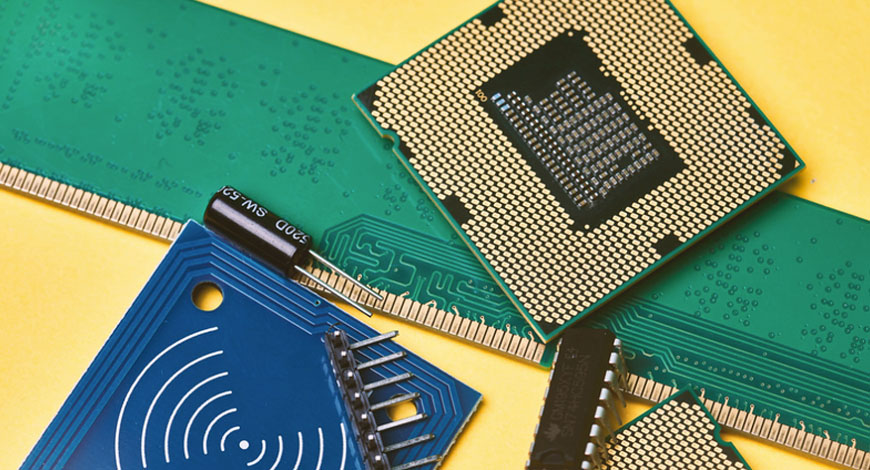Headlines of the Day
India’s $10bn chip subsidy compares poorly with US’ $52bn, EU’s €43bn

One and a half years after green lighting a $10 billion incentive plan for the semiconductor industry, India’s scorecard so far is just one—that of US-based Micron Technology, which would build a $2.75 billion factory to assemble, test and package chips in Gujarat. It was an important milestone as the wait for the country’s first semiconductor facility had seemed an endless one till then. Yet, less than a month after Micron’s announcement, the euphoria has dimmed somewhat, with Taiwan-based Foxconn pulling out of its joint venture with the Vedanta group earlier this week. This in itself shouldn’t have mattered much—after all, one failed project should logically be just a footnote in the country’s overall grand plan to become an electronics manufacturing hub.
But the problem is that Foxconn-Vedanta was one of only three companies that had responded to the plan in December 2021. All three have now proved to be still-born. IGSS Ventures apparently wasn’t able to show a proper technology licence for 28nm chips. The plan of ISMC, a joint venture between UAE’s Next Orbit Ventures and Israel-based Tower Semiconductor, is also in limbo following Intel’s acquisition of Tower. Intel will now have to approve the technology transfer, which is doubtful as the US firm has lined up huge investments in the US and the EU, and has said officially that for the next few years, it is “quite invested” already.
To be fair, the government can’t be blamed fully for the indifferent track record. Just two months after India announced its PLI scheme in December 2021, the EU said it was mobilising €43 billion in incentives to augment its chip industry. And in August 2022, the US announced a subsidy plan of around $52-billion The reason is obvious—it is difficult for the government to attract global majors on the basis of a $10 billion subsidy. Besides, semiconductor is a high-stakes game in terms of control over critical electronics components that drive the economy.
The government has been right in tweaking the 2021 scheme. It has reopened the window for application from prospective manufacturers (the earlier scheme was open for only 45 days) and the scheme now allows for uniform fiscal support of 50% of project cost for semiconductor fabs across technology nodes and display manufacturing (it was earlier available for only 28nm fabs). The latter was a smart move as the game is not only about wooing cutting-edge chipmakers; even older generation chips, often called trailing edge semiconductors are a vital part of the tech supply chain. Lower-end chips are vital for electric cars and smartphones. Last year, sales of these chips grew by a fifth to $89 billion, as per estimates from the Semiconductor Industry Association, outpacing growth for memory, logic and other types of chips. Booming domestic demand is another factor: According to Reuters Breakingviews, the Indian market is forecast to hit $64 billion by 2026, from just $23 billion in 2019. The government must now try to develop the entire ecosystem—within raw materials, India will need a variety of high-purity gases and wafers to fabricate the chips. Micron is reportedly looking beyond assembling and packaging to manufacturing of chips at a later stage. At least two other companies are also reportedly looking at setting up facilities in the country. Getting the input supply chain in place for the right raw materials is essential for India’s semiconductor dreams. Financial Express















You must be logged in to post a comment Login